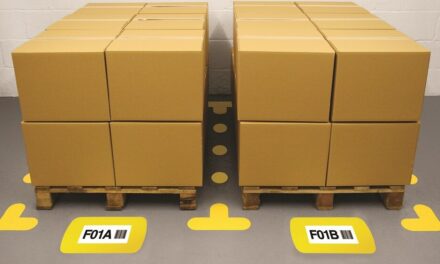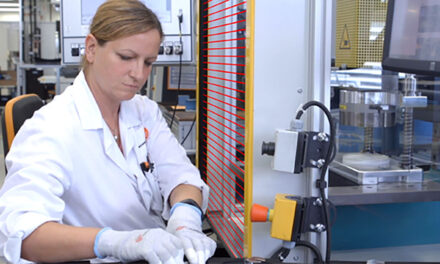With shorter days and bad weather, workers are spending more of their day working in dangerous conditions. Freezing temperatures, heavy rain and strong winds can hamper decision-making and performance, causing irrational and unsafe behaviour that aggravates the risk of existing hazards.
Arco, the UK’s leading health and safety expert, wants individuals and business owners to understand how worker safety can be compromised and more importantly – restored.
Studies show that accidents may increase by up to 35% when people experience excessive cold while working. Thermal comfort is key to worker productivity and maintaining a consistent body temperature is essential. Wearing three layers, a base layer, mid-layer and outer layer, is the perfect way to ensure outdoor clothing is suitable for the winter.
These layers should include:
- A breathable base layer that sits next to the skin and wicks away moisture, keeping the body warm and dry
- The mid layer, known as the ‘insulating layer’ should provide warmth. This layer should be fitted to allow minimum air movement, which ensures that maximum heat is retained, while still letting perspiration escape from the base layer
- An outer layer to shield against wind, rain and abrasion
People who spend time working outdoors should be prepared to not only ensure that they are warm in winter, but that they can be seen as well. Ill-equipped employees are at a highly increased risk of being victim to a workplace injury if they are not noticeable. Every year there are over 2,500 RIDDOR incidents involving transport in the workplace and being struck by a vehicle is one of the most common causes of fatal workplace accidents.
Hi-vis clothing attracts the attention of vehicle operators, gives them more time to react and reduces the risk of people being hit. It is therefore essential that employers ensure workers are supplied with EN compliant and role-suitable hi-visibility clothing. The higher risk the environment, the more hi-vis clothing is required.
Hi-vis should be suitable for the job, comfortable for the wearer and it shouldn’t interfere with other PPE. Genuine hi-vis has two features which aid discernibility: fluorescent material providing day-time visibility, and retro-reflective tape which reflects light directly back toward light sources. Whilst dark conditions seem the most natural time to wear hi-vis, it should be worn in all light conditions to ensure workers are protected.
The EN standard for hi-vis clothing is EN 20471, which sets the minimum standards of visual performance and durability needed for high visibility clothing worn in the workplace. The standard is based on a series of tests including colour fastness, colour measurement, dimensional stability, reflective tape testing and garment assessment, all of which affect whether hi-vis offers the highest possible level of protection (class 3), or low level protection (class 1). Arco also warns that it’s crucial to review the condition of hi-vis clothing regularly, to ensure it remains fit for purpose.
Arco has released an Expert Guide to help employers get the best results from their garments because thoroughly waterproof clothing means less downtime, less sick leave and the job gets done no matter what the weather. For more information and to download Arco’s free resources visit: https://www.arco.co.uk/expert_advice_hi_vis and https://www.arco.co.uk/weatherwear



